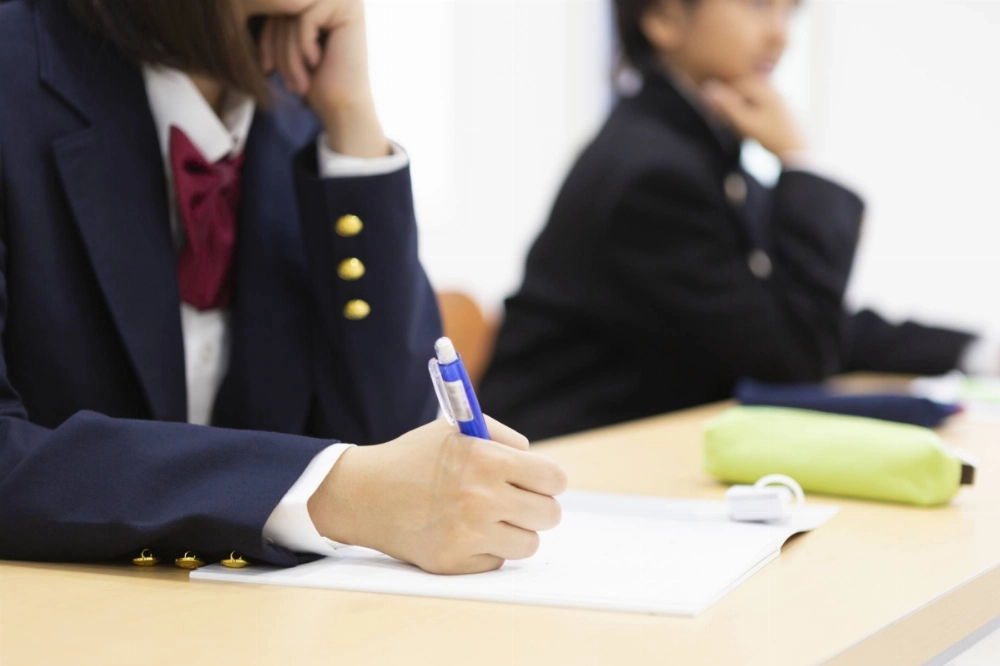In the last few months, a debate over the current state of Japan’s education system and who should foot the bill for rising education costs has engaged many in the political center of Nagatacho.
With the Liberal Democratic Party-led minority government lacking the numbers to pass its budget for the upcoming fiscal year, the opposition Nippon Ishin no Kai has promised support should the government consider its proposals for free high school tuition, free day care for children 2 years old and under, and free school meals.
On Wednesday, the coalition put forward a plan to make public school tuition free, with costs of up to ¥118,800 yearly subsidized for all families regardless of income. Nippon Ishin still demanded more monetary intervention for private education, of up to ¥630,000 per year, from the upcoming fiscal year.


















With your current subscription plan you can comment on stories. However, before writing your first comment, please create a display name in the Profile section of your subscriber account page.